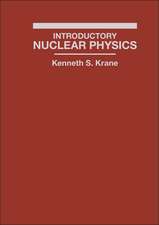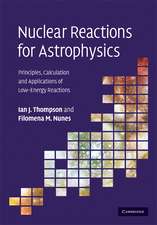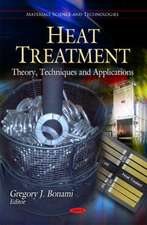Nanostructures
Mircea V. Diudeaen Limba Engleză Hardback – 28 feb 2006
Preț: 1042.17 lei
Preț vechi: 1419.67 lei
-27% Nou
Puncte Express: 1563
Preț estimativ în valută:
199.43€ • 209.70$ • 164.78£
199.43€ • 209.70$ • 164.78£
Carte disponibilă
Livrare economică 26 martie-09 aprilie
Preluare comenzi: 021 569.72.76
Specificații
ISBN-13: 9781594544996
ISBN-10: 1594544999
Pagini: 420
Ilustrații: b/w illus & tables
Dimensiuni: 260 x 180 x 19 mm
Greutate: 1.06 kg
Ediția:New.
Editura: NOVA SCIENCE PUB INC
ISBN-10: 1594544999
Pagini: 420
Ilustrații: b/w illus & tables
Dimensiuni: 260 x 180 x 19 mm
Greutate: 1.06 kg
Ediția:New.
Editura: NOVA SCIENCE PUB INC
Cuprins
A Simplistic Approach of Revealing the Coming of Age of Nanoscience; Fullerene Peapods and Related Nanomaterials: Synthesis, Structure, and Electronic Properties; Reaction Pathways in the Coalescence of Fullerenes; Periodic Finite Nanostructures; Theoretical Investigations of Single-Wall Nanocones; Polyhex Tori Originating in Square Tiled Tori; Distance Counting in Tubes and Tori: Wiener Index and Hosoya Polynomial; Counting Kekulé Numbers in Torenes. A Conjecture; Fully-Resonant-Azulenoid Networks: Some Aspects of Construction and Taxonomy; Topological Coordinates for Schlegel Diagrams of Fullerenes and Other Planar Graphs; Covering Nanostructures; Algorithms for Basic Operations on Maps; Zeolite-like Possible Carbon and Boron Nitride Allotropes; The Symmetry of the Dyck Graph: Group Structure and Molecular Realization; Nanoporous Carbon Structures; Cubanoid Amphiphiles as Building Blocks for the Development of Functional Nanostructured Materials; Construction of Self-Assembled Nanostructures by Means of Dihydrogen Bonding; Nanosized Inorganic Metal-Oxygen Clusters; Nanosized Inorganic Metal-Oxygen.















